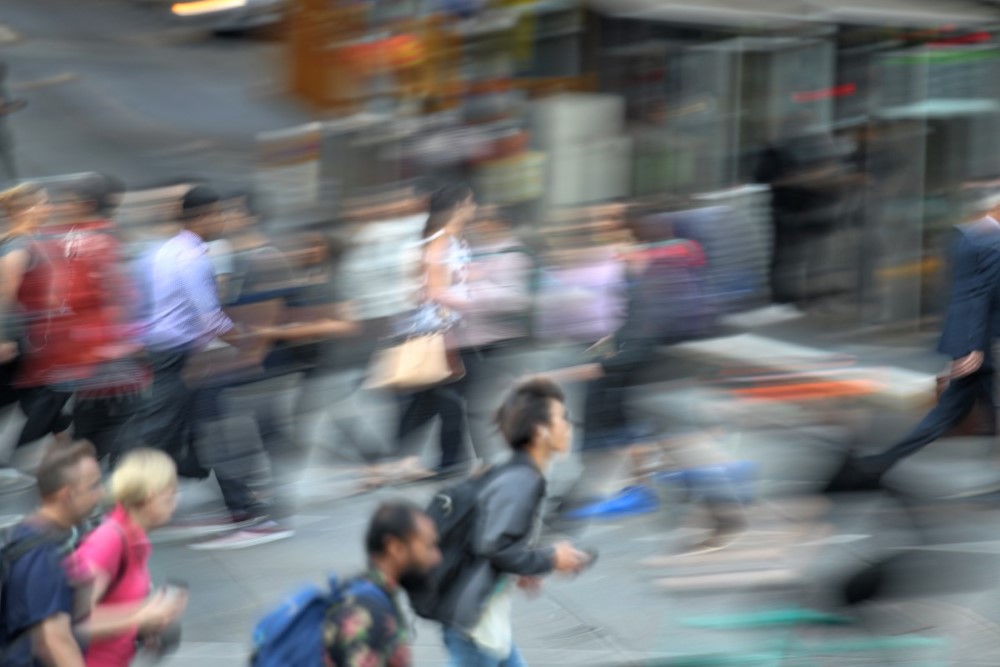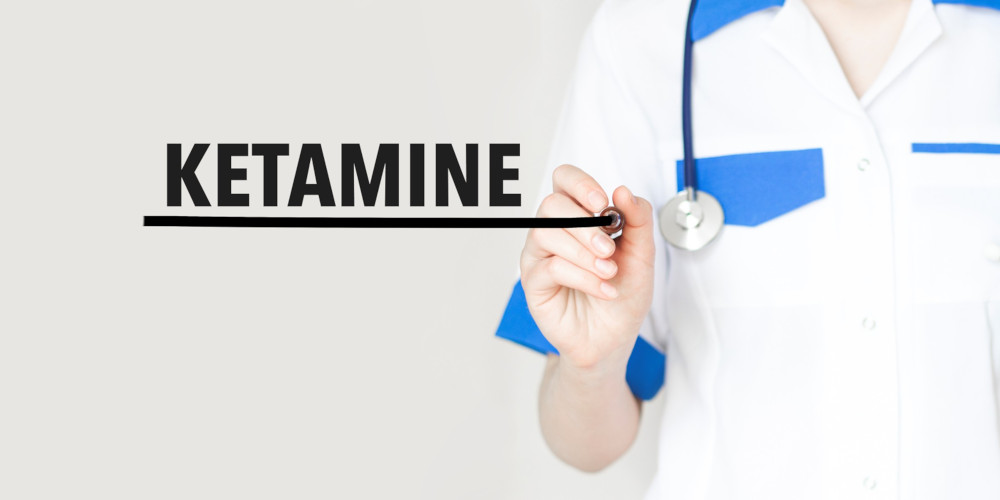The intersection of addiction and human trafficking forms a complex and tragic issue, impacting lives globally. This article delves into the intricacies of how addiction is both a tool and a consequence in the world of human trafficking, highlighting the urgent need for awareness and action.
Addiction as a Means of Control in Trafficking
In the realm of human trafficking, addiction is often used as a mechanism of control. Traffickers deliberately use drugs to manipulate and dominate their victims, creating a dependency that chains them to the cycle of trafficking. Understanding this tactic is crucial for you, especially in recognizing the signs of manipulation and control in vulnerable individuals.
Victims’ Pre-existing Addiction Exploited
Traffickers frequently target individuals already struggling with addiction. They exploit these vulnerabilities, promising drugs as a lure into trafficking. For you, this underscores the importance of addressing addiction as a societal issue – not only for the health of the individual but also as a preventative measure against such exploitation.
Psychological Impact and Perpetuation of Addiction
The psychological trauma endured by trafficking victims often exacerbates or initiates substance abuse. For survivors of trafficking, addiction becomes a coping mechanism for the unimaginable trauma they have experienced. This aspect highlights the need for comprehensive care that addresses both the addiction and the underlying trauma.
Barriers to Seeking Help
The shame and stigma associated with both addiction and being a victim of trafficking create significant barriers to seeking help. As a society, fostering a supportive environment where individuals feel safe to seek help without judgment is vital. For you, this means advocating for and supporting policies and environments that encourage open discussion and assistance.
Global and Local Initiatives for Change
Addressing this issue requires both global and local efforts. International policies focused on human trafficking need to incorporate strategies for addiction prevention and treatment. Locally, awareness programs can educate you and your community about the signs of trafficking and addiction, creating a network of vigilance and support.
Addiction’s Role in Human Trafficking
Explore the profound consequences of the intersection between addiction and human trafficking, shedding light on the intricate dynamics that bind these two harrowing realities. The effects of human trafficking extend beyond the physical and mental realms, encompassing a loss of basic human rights, childhood, and familial disruption. Research affirms that addiction plays a powerful role in this grim scenario, increasing vulnerability, serving as a tool of coercion, and perpetuating control over victims.
In the United States, the grim reality unfolds as traffickers compel victims into commercial sex and various industries. From hospitality to agriculture, victims are ensnared in a web that exploits their vulnerability. Cutting the Chains: Addiction and Human Trafficking scrutinizes the alarming connection between substance use disorder and human trafficking. Successfully prosecuted cases attest to addiction’s pervasive role—initiating vulnerability, manipulated as a means of coercion, and wielded by traffickers to exploit their victims.
Preventing victimization becomes paramount, and this exploration offers insights into three crucial strategies. Emphasizing the importance of avoiding isolation, the article underscores the need for individuals to have company when possible. Cautions regarding social media use are highlighted, particularly when strangers extend offers that may seem too good to be true. Lastly, the article advocates for cautious meetings with new individuals, recommending public spaces and notifying a trusted person of one’s whereabouts.
Increased Awareness and Prevention Efforts
Understanding the connection between addiction and human trafficking can lead to increased awareness of this complex issue. For you, this means being better informed about the tactics used by traffickers, the signs of trafficking, and the role addiction plays in these scenarios. Increased awareness is the first step toward prevention, empowering you to potentially save lives by recognizing and reporting signs of trafficking and addiction in your community.
Holistic Approach to Victim Support
The future may see a more holistic approach to supporting victims of human trafficking, addressing both their experiences of trauma and struggles with addiction. For you, as a community member, caregiver, or healthcare professional, this means advocating for and supporting comprehensive care programs that address the multifaceted needs of survivors.
Policy Development and Enforcement
There’s potential for the development of stronger policies that address both human trafficking and addiction. These policies could include stricter enforcement against traffickers, more resources for addiction treatment, and education programs. For you, this translates to living in a society that not only combats these issues more effectively but also provides better support for those affected.
Community Engagement and Education
Increased knowledge about the interplay of addiction and human trafficking can lead to more community engagement and educational initiatives. This means you could have access to resources and training to help identify and support individuals at risk. Community-level education and involvement are key in creating a protective network against these issues.
Global Collaboration for a Unified Response
Finally, the future impact could involve enhanced global collaboration to combat human trafficking and addiction. This means nations working together to share resources, intelligence, and strategies. For you, this translates into a world that is more unified and effective in its response to these global issues, potentially leading to a significant decrease in the prevalence of human trafficking and addiction exploitation.
In delving into the intricate connection between addiction and human trafficking in “Cutting the Chains,” we uncovered a grim reality where addiction serves as both a catalyst and a tool in the exploitation of vulnerable individuals. The key points revolved around the severe consequences of human trafficking, including the loss of basic human rights, childhood, and the disruption of families. The article highlighted the alarming role of addiction, illustrating how it heightens vulnerability, becomes a coercive instrument, and is manipulated by traffickers for control. While providing valuable insights into the challenges posed by this tragic connection, the article also emphasized preventive measures. It advocated for avoiding isolation, cautious social media use, and prudent meetings in public spaces. The overarching goal was to shed light on this distressing nexus, fostering awareness and vigilance to address the complex issue of addiction’s exploitation in the human trafficking industry. The exploration aimed to empower readers to understand, confront, and contribute to dismantling the chains binding these two troubling realities.




